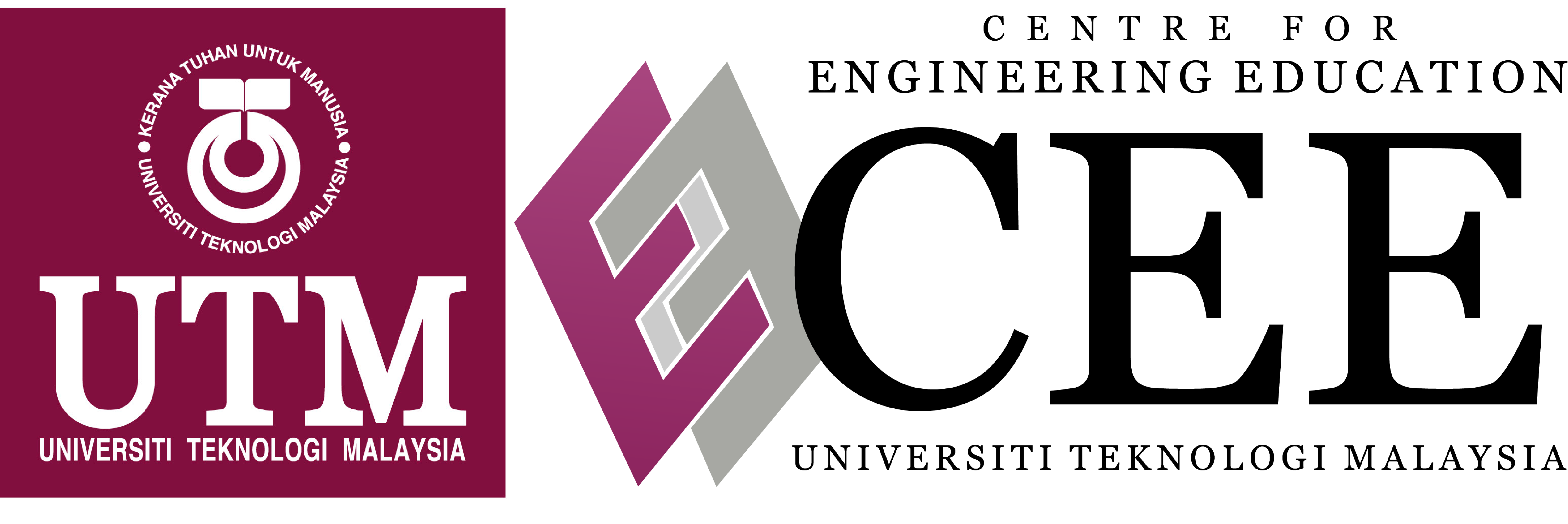
PRESENTATION GUIDELINES
REES aims to spark active and in-depth discussion on engineering education research. Therefore, the REES session format differs from the traditional conference presentation formats. To promote and facilitate discussion and constructive feedback, paper session are organized as follows:
| 25/30 minutes | Five to six presenters share their papers, with 5 minutes each to speak. The audience may ask brief questions for clarification at this stage. |
| 30 minutes | In groups of three, delegates discuss the papers, develop longer and meaningful questions or comments and record them on the provided sheet and pass to the Session Chair. |
| 25-30 minutes | The Session Chair presents the questions received from the audience to the presenters, guiding an open and meaningful exchange of discussion where the audience can respond and join the discussion. |
Presenters:
- have a maximum of 5 minutes to present their papers.
- may use only ONE visual aid (e.g.: a single PowerPoint slide)
- are encouraged to circulate or share digitally a one-page A4 handout
- Handout details:
-
- Presenters who choose to provide the handout are advised to keep the text minimal on a single page so delegates are able to focus on the talk.
- The handouts serve as a summary of key points for delegates to refer to and aid discussion.
- For those who choose to provide a hardcopy of the handouts should bring at least 30 printed copies with them to the session.
Delegates:
- are encouraged to read the abstracts/papers before the sessions.
- will work in group of 3 to discuss the papers and write down thoughtful questions for individual or all presenters, whichever appropriate.
Chairs:
- should ensure that each presenter stays within the 5-minutes presentation limit.
- will monitor the entire session to 90 minutes.
- will collect the questions from audience during group discussions and select the most appropriate to be posed
- should facilitate meaningful dialogue by probing interesting ideas, guided by the questions and encourage follow-up responses from presenters and participants.

